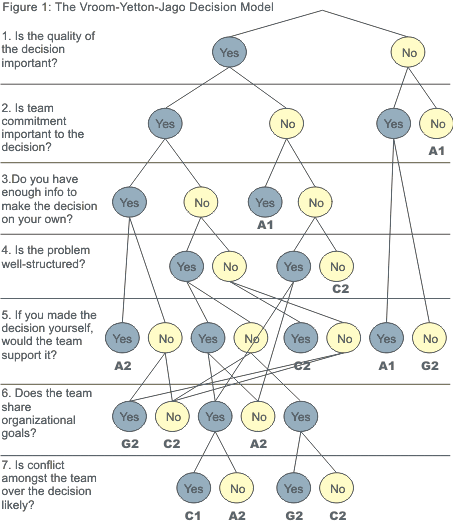In the last byte, we looked at transformational leadership and how it is different from transactional leadership. In today’s byte, we discuss about charismatic leadership.
Charismatic Leadership is one where the leader uses his/her personal abilities and talents in order to have profound and extraordinary effects on followers.
“Charisma” is a Greek word meaning “gift”; the charismatic leader’s unique and powerful gifts are the source of the leader’s great influence with his/her followers. The followers view the charismatic leader as one who possesses superhuman or even mystical qualities. These leaders often rely on referent power! This form of leadership is found to be effective in times of uncertainty.
Charismatic leaders are believed to chosen born with the “gift” or are those who cultivate the “gift” – i.e. some say: charismatic leaders are born, while other say they are taught.
Charismatic leaders carry not only a great potential for high levels of achievement and performance on the part of their followers but also shadowy risk of destructive courses of action that could harm their followers or others. (e.g. Adolf Hitler)

